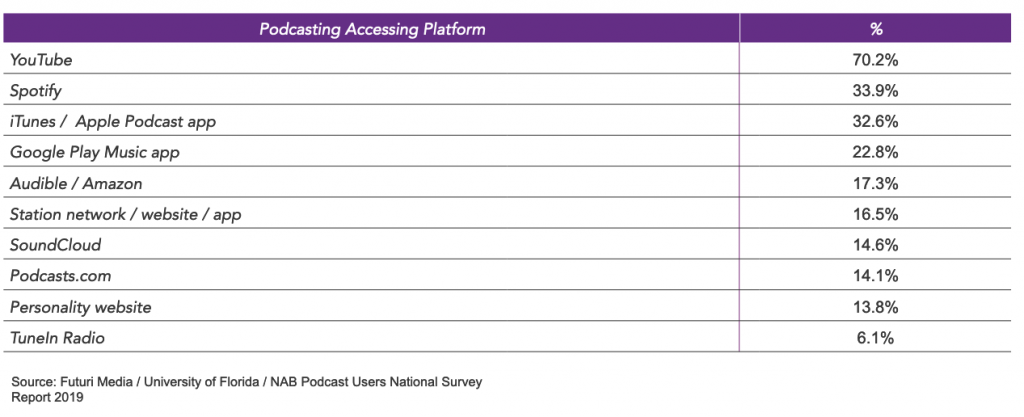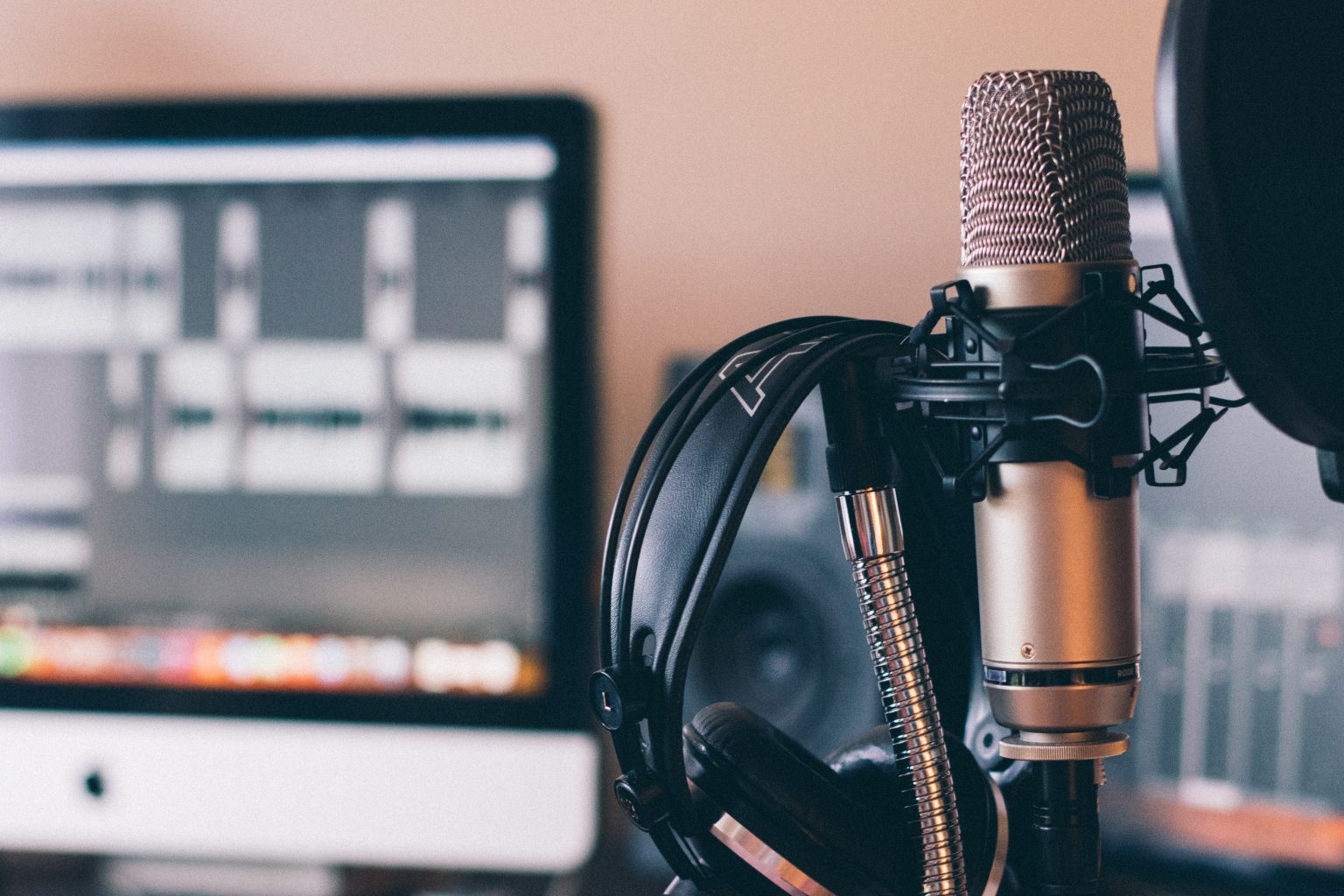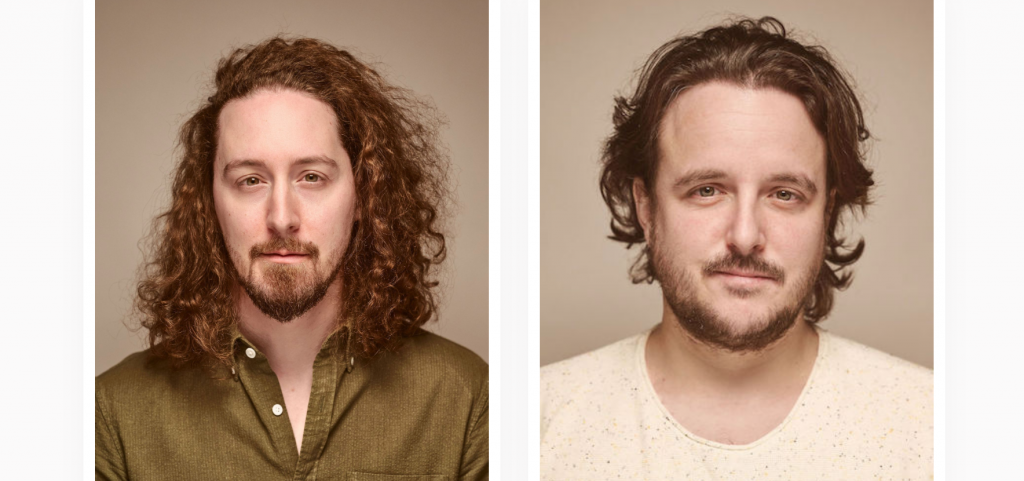I am probably old-fashioned, but for me, a podcast is a “native” audio that you listen to on a platform like Apple Podcast, Pocket Casts or BeyondPod, etc. But for some time now, it turns out that many podcasters also film their performances in the studio and broadcast them on YouTube. The goal: to increase the visibility of their content, quite simply. Let us look at the pros and cons of such a strategy.
The big argument for running a podcast on YouTube is that it’s a new avenue for new listeners to find their content, The Wave Podcasting explains. And with so many people turning to YouTube to listen to podcasts, it might be interesting to tap into this potential audience.”
Surprisingly, YouTube is already the first platform to listen to podcasts. And the listening statistics are unequivocal. In 2019, an analysis produced by the University of Florida in partnership with Futuri Media and the NAB Podcast Users National Survey found that 70% of listeners used YouTube as their primary listening platform, compared to 34% for Spotify, 33% for iTunes and 23% for Google Play Music app.

Beyond the visibility, YouTube as a medium also has interesting features to increase listeners’ commitment to the content that is proposed.
It’s much easier to get listeners to engage with content on YouTube, reads The Wave Podcasting. You don’t have to beg people to leave a note and a comment in iTunes; listeners just have to leave a comment below the video.”
On the other hand
YouTube has its advantages. However, we must understand what adventure we are embarking on when we decide to film the recording session of the podcast and broadcast it on this medium.
Today, listeners have high expectations for quality content, both visual and sound, warns Stéphane Berthomet, founder of the go-script media production company. In the past, when you listened to a podcast, the appeal of novelty was enough to get buy-in, whereas today it’s no longer the case. In the last 5 years, emerging content creators have adopted a professional or semi-professional production mode.”
In fact, YouTube content is now of very high quality, even when recorded in podcast or “roundtable discussion” format. It is to this content that we are compared, when we put a production on line.
Respect the codes of the medium
There is another reason to avoid a “multiformat” broadcasting of the same content.
There are two schools, admits Stéphane Berthomet. I think that native products are the best products. A native product is made according to rules and standards, but also with the constraints of the medium.”
If we create a podcast, he continues, we will want to pay special attention to the sound, we will want to exploit it to the maximum, using its suggestive power; in audio, we can recreate situations or atmospheres that would cost much more to film.
When you make a video, you have to think about the visual and the staging. We have to give a context, set an atmosphere, and that requires different means. When you do both at the same time – broadcast a podcast in audio and video format – one is necessarily made to the detriment of the other.”
Think about it!




